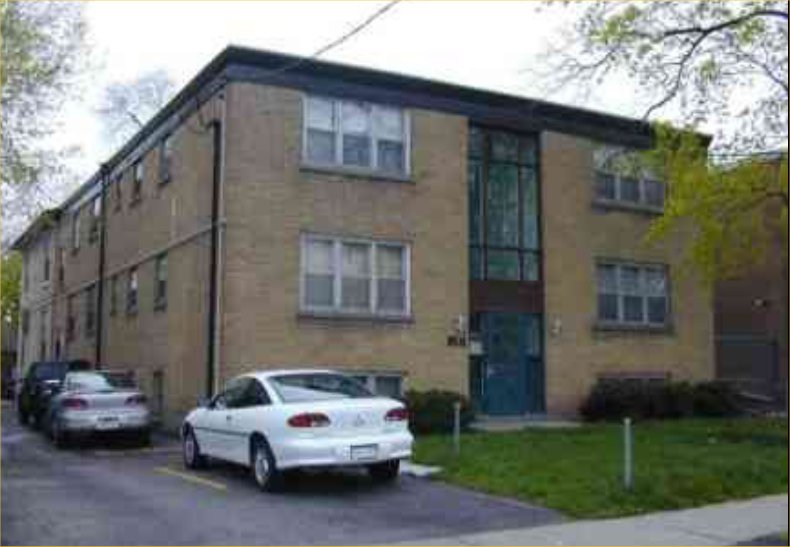Case Study: 133% ROI in 12 months
 Paul Kondakos | Posted on
Paul Kondakos | Posted on  Wednesday, January 20, 2016 at 3:00PM
Wednesday, January 20, 2016 at 3:00PM  itI've seen a ton of real estate courses out there telling you they can teach you how to make millions (for a fee of course). Well the proof is in the pudding. This is how you make money in real estate without exposing yourself to significant risk. Here are the hard facts, details and numbers.
itI've seen a ton of real estate courses out there telling you they can teach you how to make millions (for a fee of course). Well the proof is in the pudding. This is how you make money in real estate without exposing yourself to significant risk. Here are the hard facts, details and numbers.
12 Units in Oshawa, ON - Purchased Dec. 15, 2014
After 1 year of improving the tenant profile, maximizing rents, minimizing expenses and modest renovations the results are in ...
Return on Investment: 133%
Purchase Price: $1,070,000
Current Market Value: $1,350,000+
Total Investment: $210,000
Cash Flow: $2,200 per month
Mortgage Paydown: $1,750 per month
The Opportunity: This 12 unit apartment building was ideally situated in prime North Oshawa which was THE fastest growing city in Ontario in 2015.
Initial Obstacle
This property required some work during the conditional period as a Phase II environmental discovered an underground oil tank. It took a few months but the tank was eventually removed, the soil remediated and the deal closed. It would have been easy to walk away from the deal with the discovery of the oil tank but I believed in the potential of the area and the building.
Financing
Having the right financing in place from the outset is critical. The 2 things I look for, and was able to secure, are (1) cheap cost of funds and (2) leverage. CMHC insurance was purchased which facilitated an interest rate of 2.48% and a LTV of 85%. The CMHC appraisal came in light (like they normally do) so we convinced the seller to hold a second mortgage on another property in the portfolio at a rate of 4.5%. Maximum leverage and minimal cost of funds = Healthy cash flow.
Tenant Profile
The profile was decent BUT there were several problematic tenants that needed to fall in line or leave. Within 12 months all the problematic tenants were either (1) evicted (2) conformed or (3) voluntarily moved out. The property is now fully tenanted with quiet and respectful tenants that pay their rent on time. A good tenant profile facilitates greater retention of existing tenants and allows higher rents for incoming tenants.
Maximizing Rents
The previous landlord was not staying current with rents in the area. As a result, rents were well below market and offered significant upside. He was also not big on re-investing in his apartments to attract better tenants and achieve higher rents. With some modest renovations and upgrades on turnover, rents were increased significantly. In total cash flow improved by $700/month which all went to the bottom line. There is still significant upside in the rents if and when the original tenants decide to move out.
Minimizing Expenses
A classic mistake many landlords commit is to include hydro in the rent to make the apartments more attractive to prospective tenants. This was the case here. Even though each apartment was individually metered, the landlord included the hydro for several tenants. As units turned over, new tenants were required to pay hydro in addition to their rent. This simple move eliminated $300/month in hydro expenses.
In total $700/month was added to the rent roll and $300/month in expenses were eliminated. $1,000/month in additional cash flow is equivalent to $200,000 in forced appreciation based on a 6% market cap.
The Results - 12 Months Later
- ROI was 133% (which doesn't include cash flow or mortgage paydown)
- Cash flow improved to $2,200/month, up from $1,200/month originally
- Mortgage Paydown builds $1,750/month in equity
- Forced appreciation thus far has been $200,000+ (with more upside remaining)
- Natural appreciation continues to be very favorable given the developments in North Oshawa



